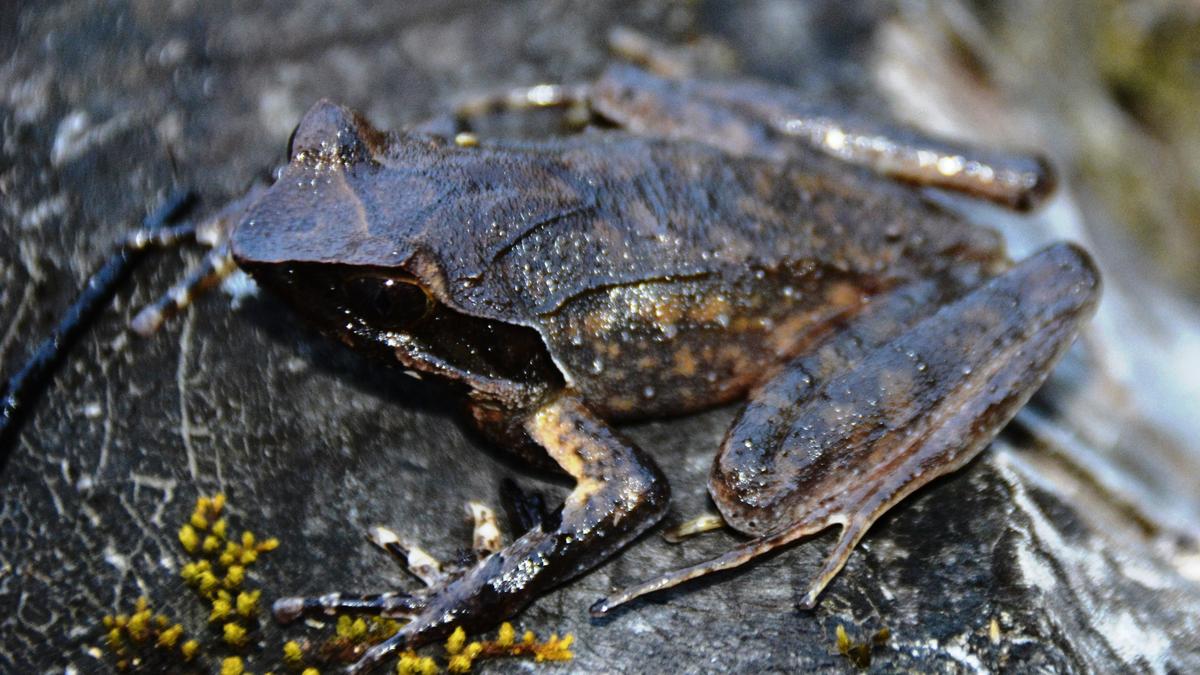Guwahati: A team of scientists from the Zoological Survey of India (ZSI) has announced the discovery of a new species of horned frog, named Xenophrys apatani, from the Tale Wildlife Sanctuary (WLS) in Arunachal Pradesh. Situated within the Eastern Himalaya Biodiversity hotspot, this finding marks a significant addition to India’s amphibian diversity.
Led by Bhaskar Saikia and Bikramjit Sinha of ZSI, Shillong, along with colleagues A. Shabnam, K. P. Dinesh of ZSI, Pune, and Ilona Jacinta Kharkongkar of ZSI, Itanagar, the study overturns previous assumptions about the species inhabiting the region. Initially identified as Xenophrys maosonensis based on limited genetic similarities, further research utilizing comprehensive phylogenetic analysis and genetic data revealed distinct genetic differences.
“Our detailed examination, including genetic sequencing and morphological analysis, conclusively determined that the frog specimen from Tale WLS represents a new species, not previously documented,” explained Bhaskar Saikia, reflecting on the team’s findings.
The specimen, Xenophrys apatani, was discovered in a water tank near the forest guard camp of Pange inside the Tale Wildlife Sanctuary during nocturnal surveys. Named after the Apatani tribe of Arunachal Pradesh, known for their efforts in wildlife conservation in the Lower Subansiri Valley, the species showcases unique genetic characteristics and physical traits.
“This discovery underscores the importance of accurate taxonomy and the integration of multiple scientific approaches in species identification,” highlighted Bikramjit Sinha, emphasizing the significance of their findings for biodiversity conservation efforts in Northeast India.
Tale Wildlife Sanctuary, renowned for its rich biodiversity including diverse amphibian species, serves as a critical habitat for the newly discovered Xenophrys apatani. The sanctuary’s role in preserving Eastern Himalayan and Indo-Burma region biodiversity is further solidified by this discovery.
The research findings are published in the latest issue of Records of the Zoological Survey of India, contributing valuable insights to ongoing efforts in cataloguing and safeguarding India’s unique wildlife.





